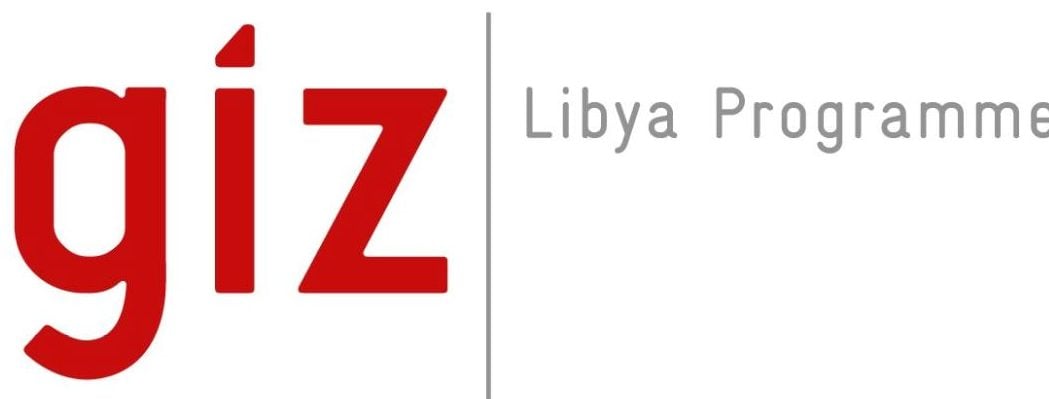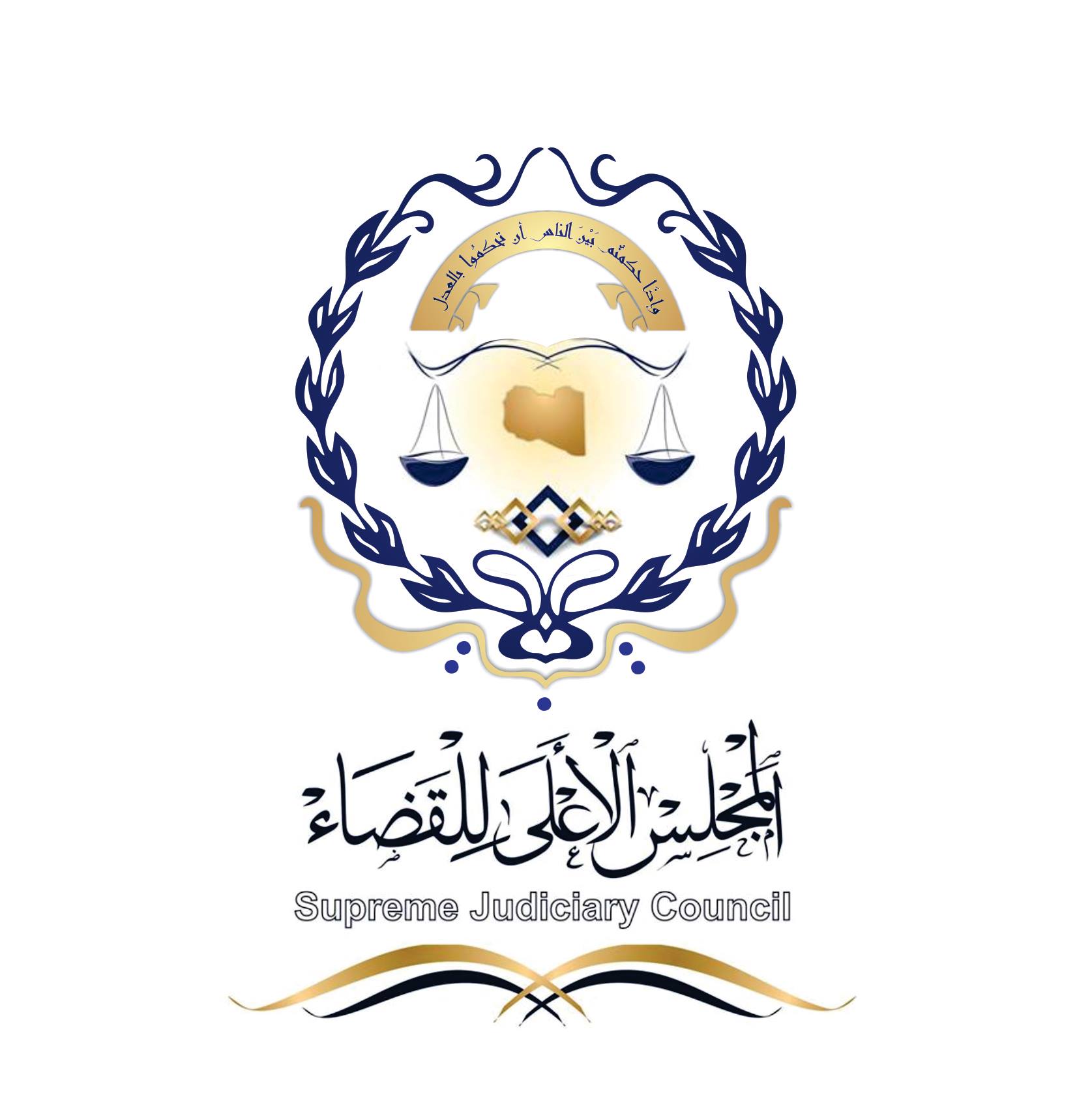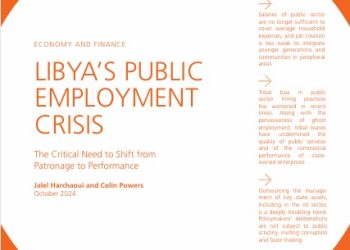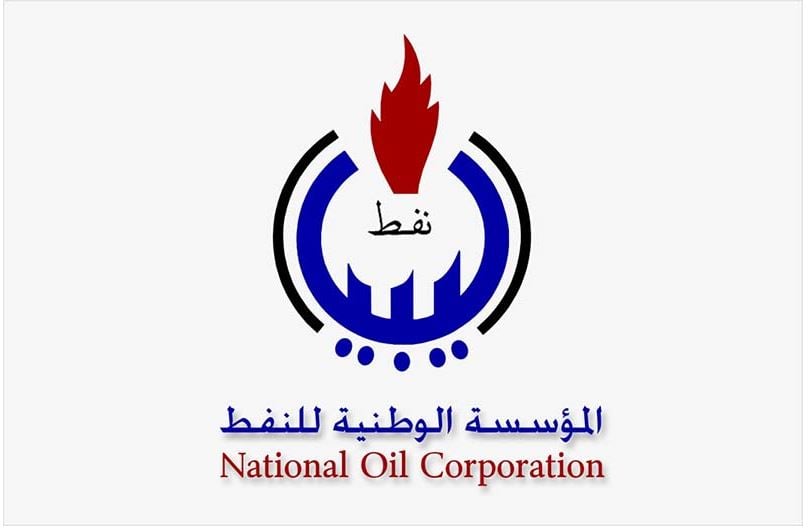By Sami Zaptia.

London, 16 December 2020:
The reunified Central Bank of Libya (CBL) announced today that it has agreed a new unified official foreign exchange rate for the Libyan dinar (LD). The new rate will be effective as of 3 January 2021.
Following on from its ”preliminary” 7 December meeting, the CBL statement today said the board will increase its meetings in the coming weeks to seek to solve the various banking sector problems in a financial and monetary safe and sustainable manner.
The new exchange rate has set one U.S. dollar at LD 4.48. Previously there were numerous official exchange rates with the main one at LD 1.4 per dollar.
Meanwhile, up until two weeks ago, the black-market dollar exchange rate was at around LD 6.50 / dollar. It fell sharply over the last week on the news of the CBL board meeting to around LD 5.50.
Anatomy of the decision
The decision to unify the LD exchange rate came after the CBL held its first official Board of Directors meeting for five years. The CBL board had split after the 2014 Libya Dawn Tripoli coup leading to the CBL to split into a western and eastern branch.
The meeting of the full board of the CBL follows on from reconciliation talks led by UNSMIL and a thawing of relations between western and eastern Libya.
More specifically, economic and monetary reforms, including the fixing of a unified LD exchange rate, were a precondition of the Maetig-Hafter agreement on the resumption of oil production/exports. In return for Hafter allowing oil production/exports to resume, certain economic/political reforms were agreed by the Tripoli political powers. These included reforms by the CBL.
Unfair competition and corruption
The numerous LD exchange rates had given state entities a huge unfair advantage against the private sector and enabled and encouraged huge corruption of the official exchange system.
On a competition level, the advantageous exchange rate granted to the state warped the marketplace and prevented a fair playing field and competition. They stunted the growth of the Libyan private sector and prevented it from growing and becoming competitive and contributing to the Libyan economy as it should and in line with international standards.
Corruption
Moreover, the advantageous exchange rate to state entities led to and encouraged much corruption. Allegedly, for example, numerous militia leaders were able to coerce the powers that be into granting them letters of credit at the official exchange rate to import goods, but the goods were never imported, or much lower valued goods were imported instead.
This way, the balance of the hard currency was either hoarded abroad or imported into Libya for sale on the foreign exchange black-market.
There is a widespread public perception in Libya that various bank and CBL employees were implicated in sustaining this black-market racquet and who worked against lowering the black-market exchange rate of the dollar.
Other reforms
The Maetig-Hafter deal also prescribed for the resumption of the bank clearing/transfer system with eastern Libya, the unification of the budgets of western and eastern Libya, including the absorption of the debts of eastern Libya.
The Maetig-Hafter proposal to resume oil exports: Analysis | (libyaherald.com)
CBL unified board holds a ‘‘preliminary’’ meeting | (libyaherald.com)








